October 1st is National Kale Day. Who cares that the holiday is only observed in Canada? We deserve to celebrate here in the States as well. Needless to say, we’re very excited about this at Gardenerd. Every day we tout the benefits of kale and growing your own. Now we have an excuse to wax rhapsodic about this glorious vegetable with an official day to back us up.
We’re not crazy, just crazy about kale. This season we’re growing 6 types of heirloom and open-pollinated kale. Our plants went in the ground two days ago, and we anxiously await the first harvest in a month or so. What types are we growing?
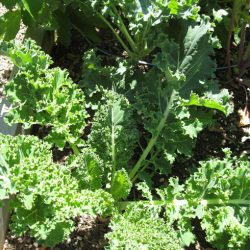
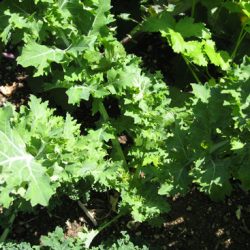
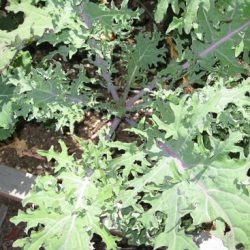

Clockwise from upper left: Vates Blue curly, Siberian, Lacinato (dinosaur or Tuscan), Red Russian.
We’re also growing Tronchuda Beira (Portuguese kale) and a new one for us this year: Curly Roja purple kale

How do we grow them?
Kale grows best in cool weather. Actually it likes to start it warm weather and mature in cool weather. Frost makes kale sweeter, so you can grow it with protection (cold frames, hoops, insulated fabric) in cold-winter climates and still enjoy fresh kale through winter in many places. Kale needs nutrient-rich soil, so start by planting it in soil with plenty of compost. Here in Los Angeles, we start our seeds indoors during summer, and plant out as temperatures start to drop in late September/early October.
The Bagrada Bug has become a problem with brassica and radish family plants in many areas of the United States, so make sure you clear your garden of those buggers before planting your fall crops. We use a bucket of soapy water to collect Bagrada Bugs off old plants (used as a trap crop) to cut down on the population quickly. Then we wait at least a week before planting new kale seedlings. Water with kelp emulsion and compost tea to keep plants healthy and strong all season long.
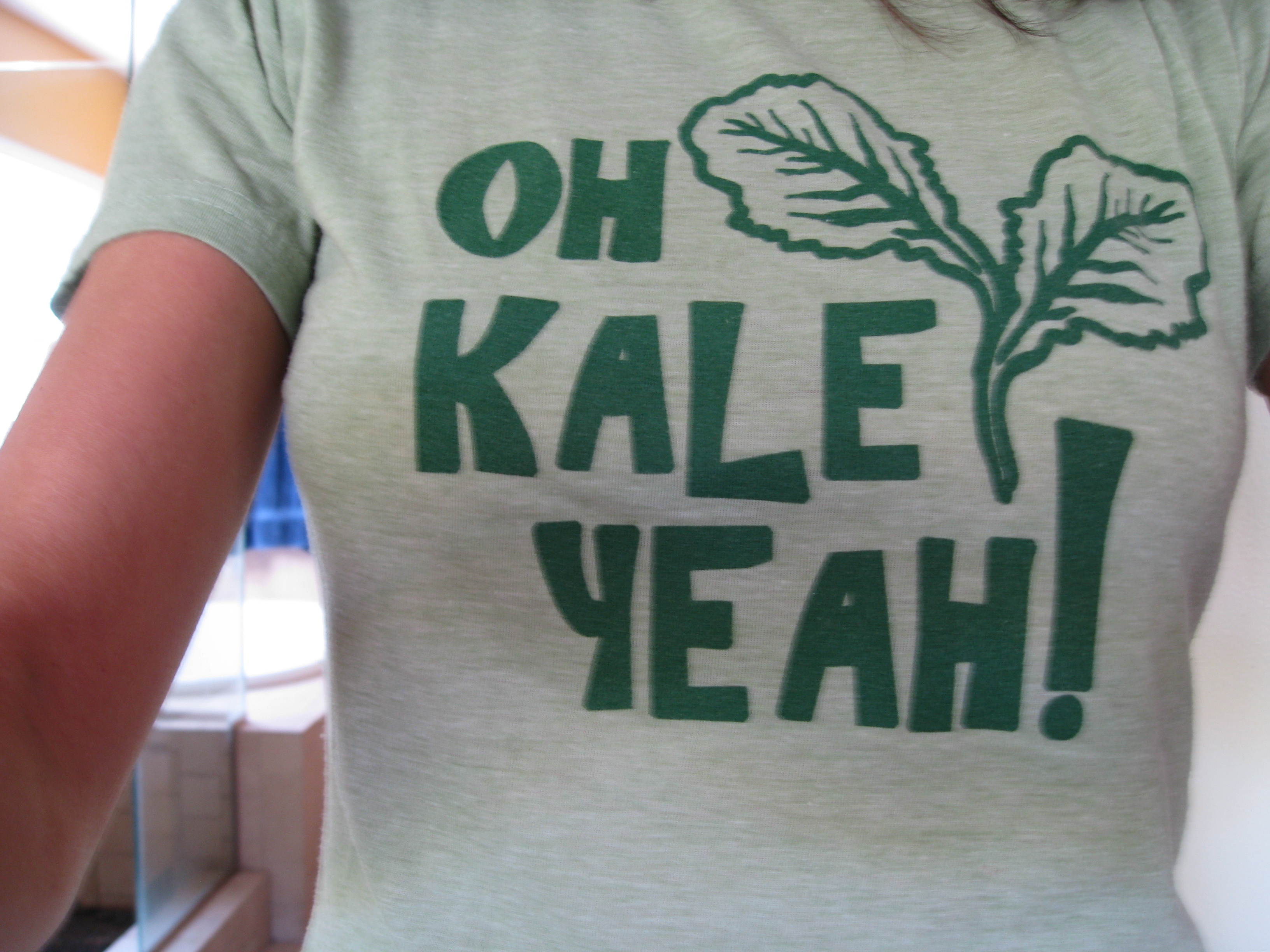
How do we use them?
Harvest the outside leaves of kale plants and leave 4-5 center leaves to keep the plant going. We use kale in all sorts of dishes. Lacinato and Siberian are great for raw salads (just make sure to use an acid to break down the kale and make it digestible). Red Russian is sweeter, so it’s great for soups and kid-focused dishes. Curly kales are the best for making kale chips.
Some of our favorites:
Sweet Potato & Kale Frittata with Goat Cheese
The National Kale Day website has some great suggestions for how to use your favorite kale. Check them out and get growin’!

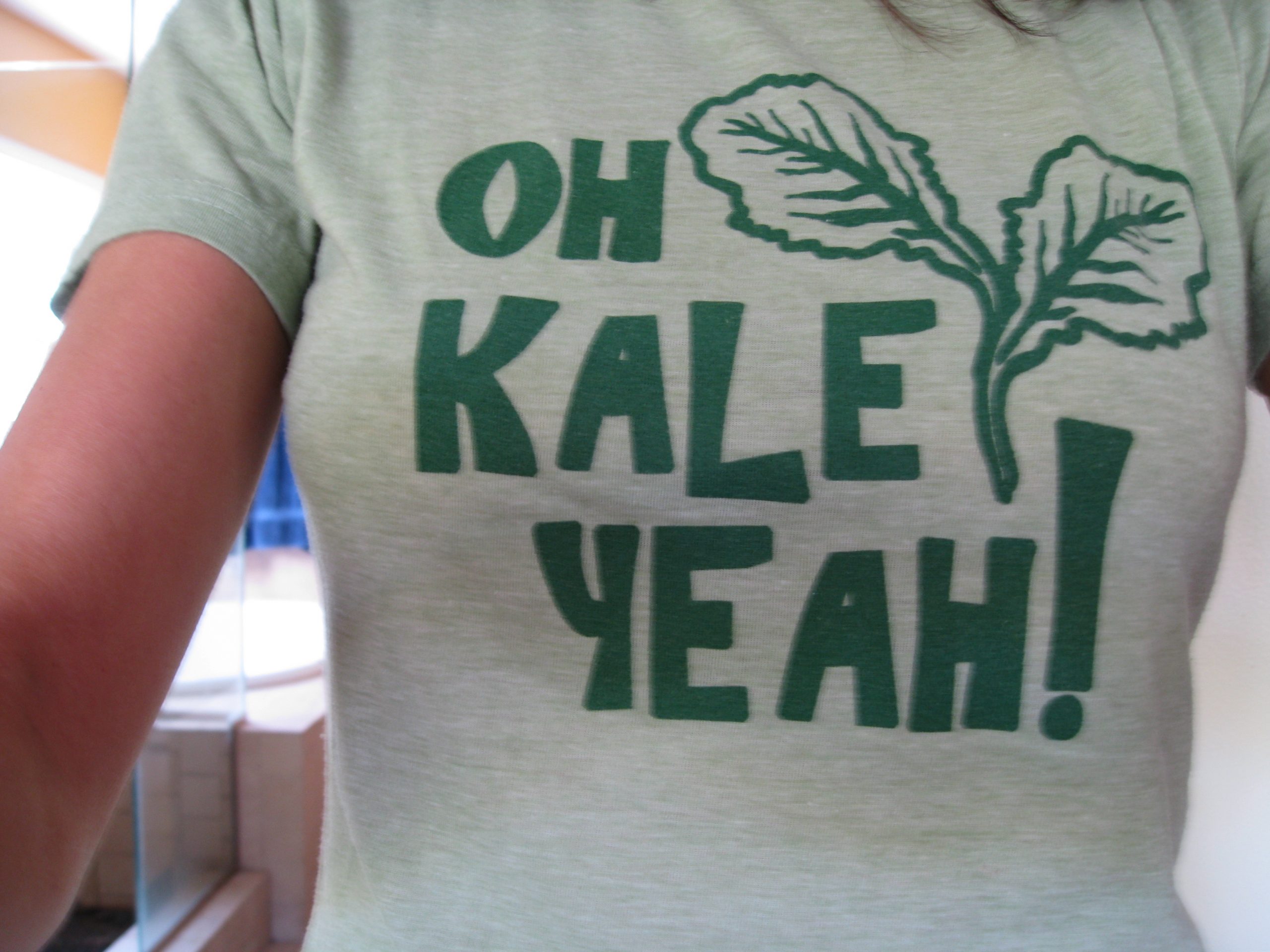

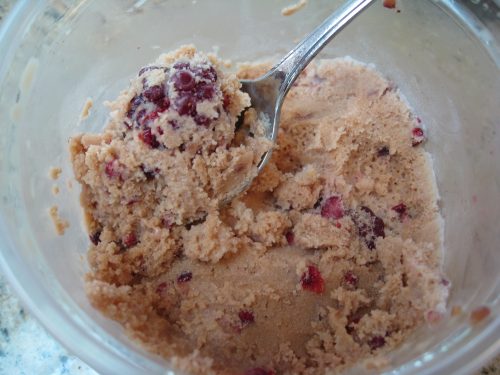
Pingback: Online Coverage of National Kale Day 2014 - National Kale Day